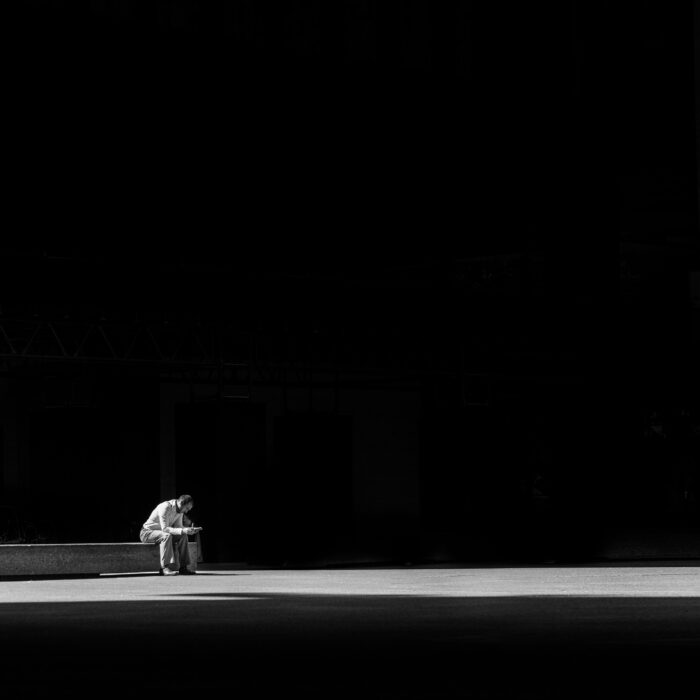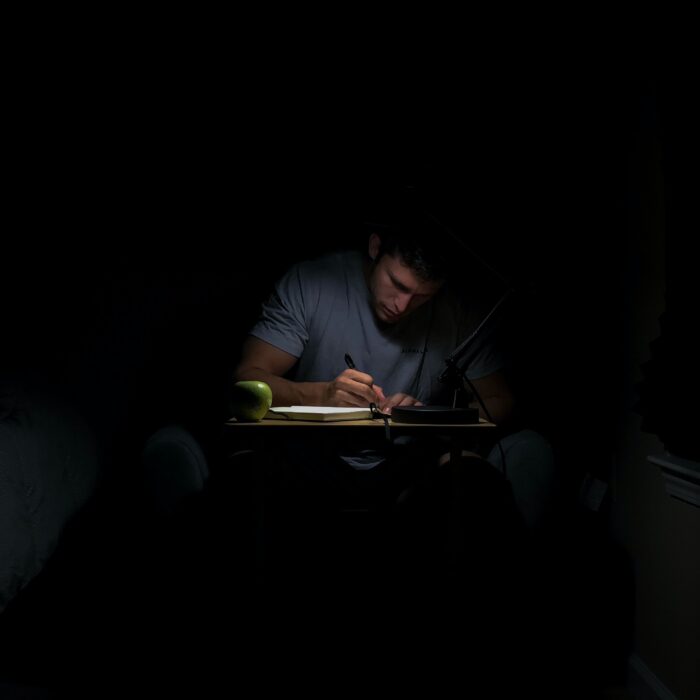You have no items in your cart. Want to get some nice things?
Go shoppingIt’s generally agreed that one of the key purposes of education is to prepare young people to live in the world and society they will find themselves in. Yet when it comes to the literature we ask them to consume, it’s not often reflective of that world. Rather than a variety of voices and ideas, the literary canon that has been established tends to prioritise white, middle class men. Even today, the publishing industry is still dominated by men. It’s been suggested that a novel written by a man is eight times more likely to be accepted by publishers than one written by a woman. And we all know that a certain JK Rowling deliberately chose to use her initials rather than a feminine name, in case of publisher bias.
But there are grumblings, and things are changing.
Spread The Word (1), London’s Writer Development agency, is committed to championing diverse voices and those currently underrepresented in publishing. They work with people from BAME backgrounds, those who identify as disabled, people with low incomes – and women. ‘Our work is focussed on taking down the barriers that writers from diverse and marginalised backgrounds face in getting their stories read and voices heard,’ says Ruth Harrison, the charity’s director. ‘This is vital as stories and creative writing matter – they change the conversations that people have. They impact on the society we live in and the culture we share. They open up people’s imaginations, ambitions, aspirations, and knowledge.’
Carmina Masoliver runs She Grrowls, a feminist arts night in London. She will be running a course with Spread The Word called The Femme Canon, which will aim to redress the balance, and celebrate women and non-binary poets by looking at work from a diverse range of writers. Masoliver believes it is important to read female writers and look outside the usual literary canon. She says, ‘I think that reading a diverse range of literature is vital for both writers and readers, especially in terms of reading work from those who have historically been sidelined in the traditional canon. I also work in education, so for me it always comes back to young people, and the importance of children being able to see themselves in what they read, as well as for everyone to discover more about people who are different from themselves. In this respect, I think the author is important in order to inspire young people about the possibilities of their future, and their relationship with literature as a whole.’
According to an article in the Pacific Standard, small presses may be the answer. Less constrained by tradition, and without the difficulties of shareholders, they can take risks that the large publishing houses might not want to. But why should it be a risk to publish more fiction written by women? Shari Lapena was the best-selling fiction author of 2017, whilst Margaret Atwood topped the literary fiction lists, where nine of the top ten were women. Over half of all books sold, 56%, are bought by women, according to Neilsen BookScan.
Sheffield-based independent And Other Stories, who moved north from London in 2017, has taken up novelist Kamila Shamsie’s 2015 challenge to publish only fiction by women in 2018, to coincide with the centenary of women over 30 in the UK getting the vote. The publishing house, who specialise in literary fiction and translation, state in their catalogue that their decision is driven by the ‘impetus to address biases that sideline women writers.’
There’s no reason for publishing to still be so male dominated. But as we wake up to the fact that our world is rich and diverse, full of variety, it may be that we start to read literature that reflects it. There’s certainly plenty of people out there championing the cause.
About Francesca Baker
A writer, reader and explorer with a passion for creativity, communication and connection.



